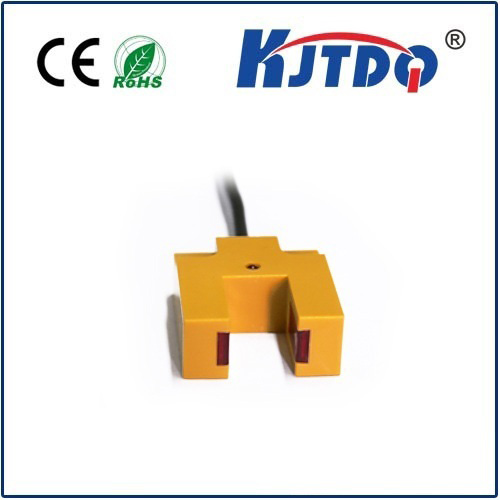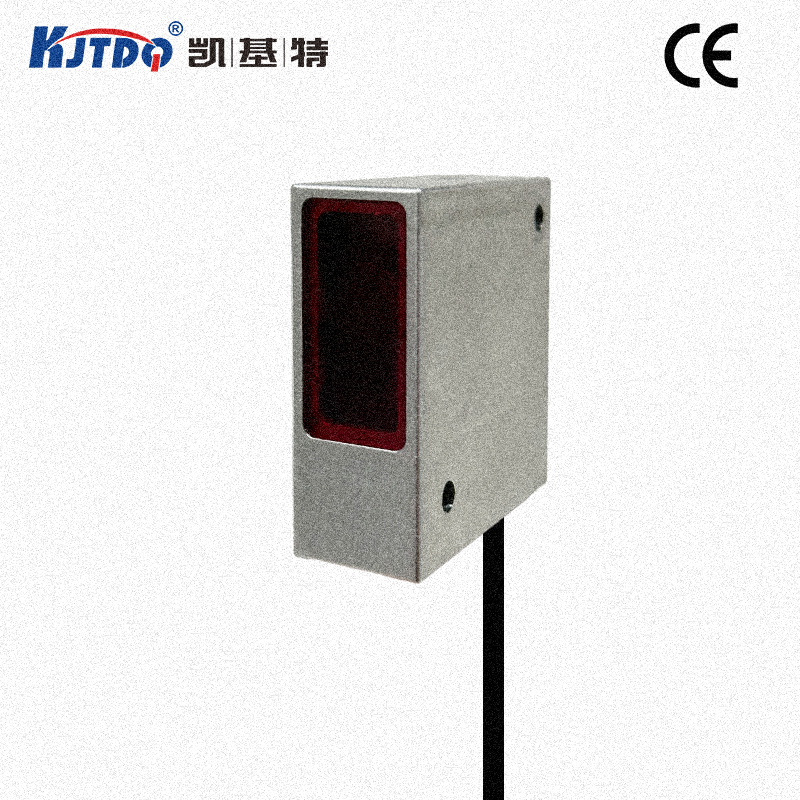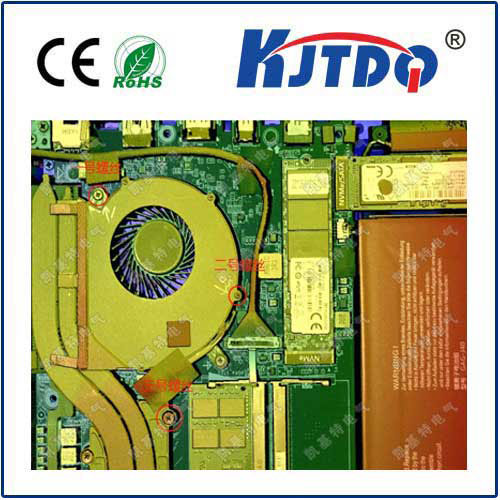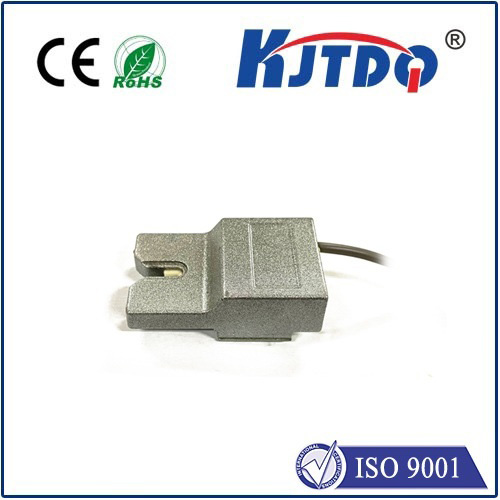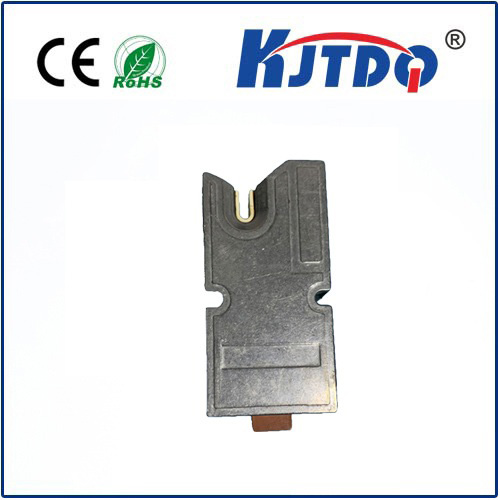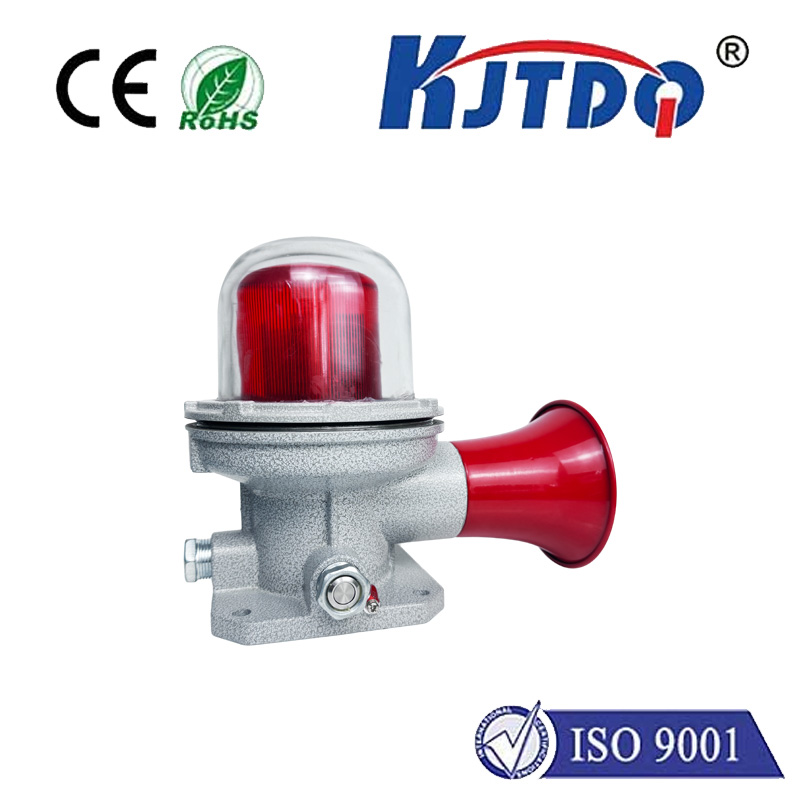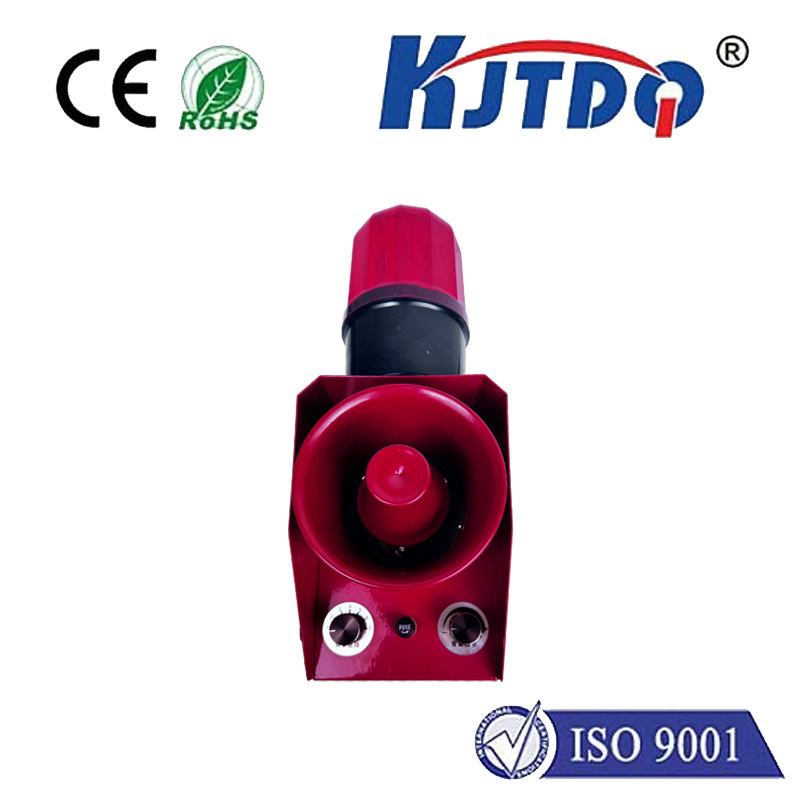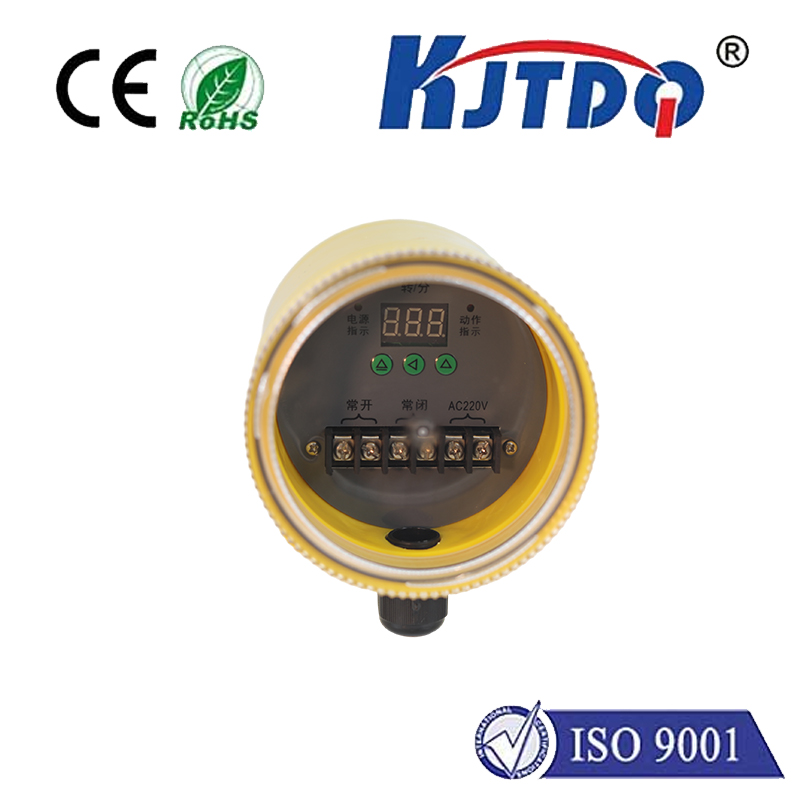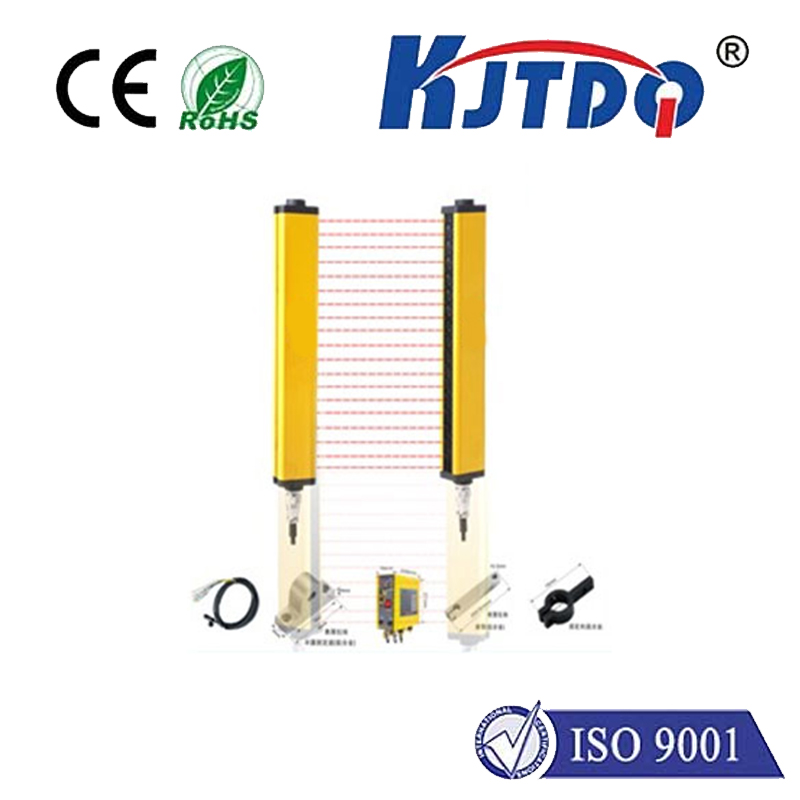
check

check

check

check
Introduction:
In today's fast-paced world, technology plays a crucial role in shaping our lives. One such technological advancement that has gained significant attention is the M12 inductive sensor. This innovative device has revolutionized various industries, including manufacturing, automotive, healthcare, and more. In this article, we will delve deeper into the marvels of M12 inductive sensors, exploring their features, applications, and benefits.
Section 1: The Basics of M12 Inductive Sensors
M12 inductive sensors are a type of transducer that converts electrical energy into mechanical energy. They work on the principle of electromagnetic induction, where a magnetic field interacts with a conductor to induce an electric current within it. The M12 format refers to the size of the sensor, which is typically 12mm in diameter. There are several types of M12 inductive sensors available, each with its unique characteristics and application.
Section 2: Applications of M12 Inductive Sensors
M12 inductive sensors have found numerous applications in various industries due to their versatility and reliability. Some of the most common use cases include:
a) Manufacturing: M12 inductive sensors are widely used in production lines for monitoring the movement of machinery and equipment. They can detect errors and anomalies in real-time, improving efficiency and safety.
b) Automotive: These sensors are essential components in modern vehicles, particularly in the braking and steering systems. They provide accurate and quick feedback, enhancing vehicle control and performance.
c) Healthcare: M12 inductive sensors are useful in medical devices, such as prosthetic limbs and surgical robots. They enable precise and safe movements, improving patient outcomes.
d) Environmental sensing: M12 inductive sensors can be used for various environmental applications, such as air quality monitoring, temperature measurement, and water level detection. They offer high accuracy and minimal interference, making them ideal for harsh environments.
e) Home automation: In addition to industrial applications, M12 inductive sensors can also be used for home automation systems, such as smart lighting and security systems. They provide seamless integration with other devices, creating a connected and intelligent living space.
Section 3: Benefits of M12 Inductive Sensors
M12 inductive sensors offer numerous benefits over traditional sensors, including:
a) High accuracy: These sensors can detect subtle changes in input signals, ensuring precise and reliable measurements.
b) Wide range of applications: M12 inductive sensors can be used across multiple industries and scenarios, making them a versatile tool for various applications.
c) Compact design: Despite their powerful functionality, M12 inductive sensors are designed to be small and lightweight, minimizing installation costs and space requirements.
d) Low power consumption: These sensors require minimal power to operate, reducing energy consumption and costs for users.
e) Easy integration: M12 inductive sensors can be easily integrated with existing systems, allowing for rapid implementation without significant modifications.
Conclusion:
M12 inductive sensors have revolutionized various industries by providing accurate, reliable, and cost-effective solutions to complex problems. As technology continues to advance, it is expected that these sensors will play an increasingly vital role in shaping our future. By understanding their features, applications, and benefits, we can harness the full potential of M12 inductive sensors and create a better world for all.
